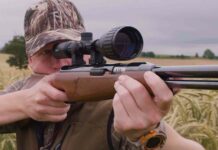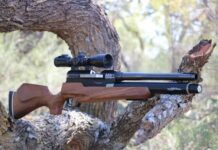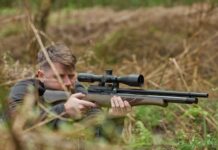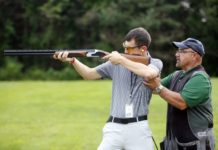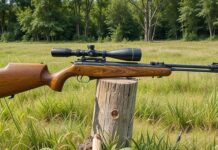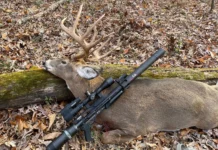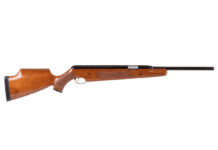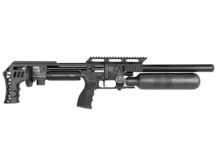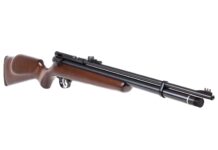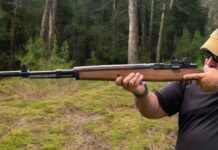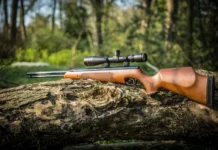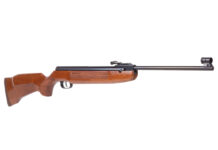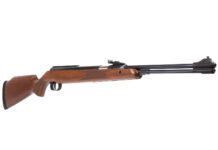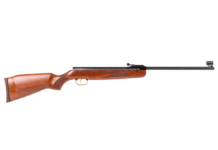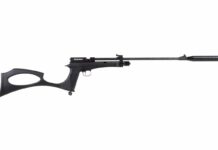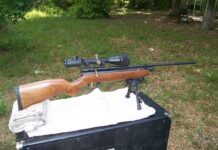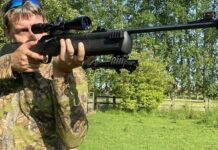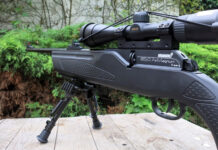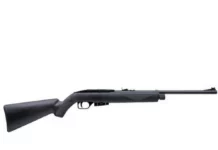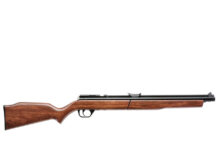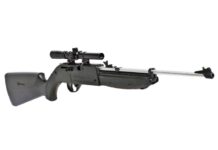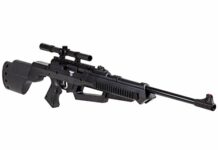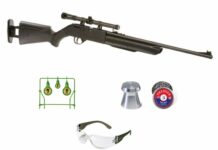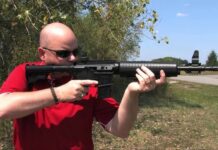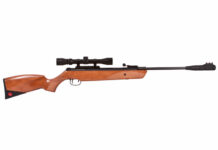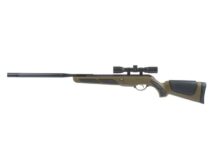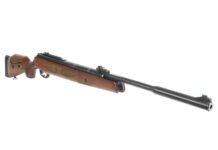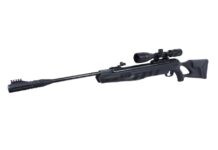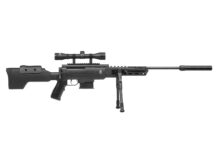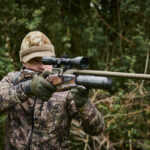You’ve probably used these two cartridges to take medium and big game, employing them for various targets. Both are classic rounds, offering harvest satisfaction, especially using a lever-action rifle. So, are there significant differences between 45-70 vs. 30-06 ballistics?
Among those who enjoy hunting with a lever action, and even with some semi-auto buffs, both 45-70 Government and 30-06 Springfield are excellent cartridges. While there are overlaps in capabilities, their ballistic differences make them suited to varied scenarios. The 45-70 pushes a lead slug at excesses of 1,680 fps, while a typical 30-06 150 grain bullet maintains a velocity of 2,820 fps.
Both the 45-70 vs. 30-06 were released in the last part of the 19th century and have seen their fair share of widespread use. There are smokeless powder loads best used for single shot, lever actions, but I have since seen other firearm adaptations. This article will compare features, including ballistics, which makes these rounds so phenomenal.
Table of Contents
What Are the Outright Differences between the 45-70 and 30-06 Cartridges?
A surge in cartridges using metallic cases and breech-loading rifles development happened soon after the American civil war. To replace paper rounds and muzzleloaders used at the time, the US Army looked for an improved option. In 1873, it adopted the .50-70 for the Springfield model 1866 breech loader, a single-shot rifle. A couple of decades later, the .30-40 Krag took over from that Trapdoor, debuting with a copper cased .45 caliber cartridge that used 70 grains of black powder.
Soon the round was being called the 45-70 Government. It initially pushed a lead slug at 1,350 fps velocity with black powder to produce more than 1,600 foot-pounds of muzzle energy. Even at the time, this cartridge was highly effective on black bear and whitetail deer, alongside bigger grizzlies, bison, and moose.
To replace the 30-40 Krag, the military developed the 30-03 using the heavy 220-grain round-nosed bullet of the predecessor. However, they started noticing the preference for high-velocity Spitzer or pointed slugs in European bolt action rifles. Thus the 30-06 was born, firing a 150 grain, with 30 denoting the caliber, while 06 was its year of birth, 1906.
Ballistic Comparison of the 45-70 vs. 30-06
These old-fashioned, over-exploited cartridges still hold up against modern rounds, despite their coming from the horse and buggy age. They compete against the 6.5 Creedmoor, .308 Winchester, and .300 Ruger Compact Magnum. Cartridge design for the 45-70 and 30-06 was by the US Government Springfield armory and arose from stiff European competition.
Hunters who use these rounds are dedicated, but there’s also a niche following among sports shooters. Others are interested in them for their historical quality, even using antique centerfire rifles for these calibers. Let’s examine the 45-70 vs. 30-06 ballistics in the distinct terminal, internal and external categories. These are based on performance metrics by bullet weight and include energy, recoil, velocity, and usage.
45-70 vs. 30-06 Velocity
Within 150 yards, the 45-70 Government is very effective, becoming less so at about double that range. After 300 yards, its velocity drops off quickly, so ballistic comparisons are best made within that yardage. This round is a typical 325-grain bullet with an average of 2,050 ft. per second of muzzle energy.
I use a 150 grain 30-06 against it, and it flies a full 1,030 fps faster and increases the advantage at 300 yards by 1,193 fps. By that distance, the .45-70 slug is traveling at 1,225, meaning that the Springfield is moving twice as fast, almost. The Government is outstripped due to its heavier projectile
45-70 vs. 30-06 Energy
When talking about stopping power, the heavier 45-70 bullet works in its favor. But it’s the 30-06 that leads the charge with 127-foot pounds out of the muzzle than the Government cartridge. Since the denser slug loses velocity quickly, by 100 yards, this advantage increases to 543 ft. lbs. At 300 yards, the Springfield is moving at additional 865 ft. pounds over the .47-70, which makes a significant difference.
45-70 vs. 30-06 Trajectory
A bullet’s trajectory impacts your ability to hit a target. Due to its energy drop, the 45-70 doesn’t match up well on long ranges, but it accounts for that difference in short distances. At 200 yards, the smokeless powder Government drops 10.3 inches compared to Springfield’s 3.1 inches.
By 100 yards later, the 45-70 drops 37.2 inches while the 30-06 will have lost 11.7 inches out of trajectory. The Springfield cartridge has a flatter traverse line than the Government load, which doesn’t have an easy time staying afloat past 300 yards. That’s why not many hunters will use the .45 caliber round past targets nestled beyond 200 or 250 yards.
45-70 vs. 30-06 Recoil
With a heavy bullet like the .45-70s, you’ll experience more recoil than the 30-06 cartridge. As an impact of your shooting accurately, you must consider the extra kick when investing in the Government round. Since there’s no corresponding ballistics force, the recoil is unnecessary, but some hunters will trade-off with this calibers energy of taking down challenging, big game at close ranges.
45-70 vs. 30-06 Versatility
The 45-70 is pretty effective on large game, but only within 200 and 250 yards. Stopping power is provided by the massive slug of the Government to bring down bears, bison, and elk at close range. Take the 30-06 Springfield instead if you’re planning on shooting to more than 300 yards or beyond. The good thing is that large game hunting often calls for stalking and closing the distance, so the 45-70 is suitable for that job.
45-70 vs. 30-06 Size Comparison
The massive slugs of the 45-70 can be chambered in heavy loads seeing as its bullet diameter is .458 inches compared to .308 inches for the 30-06. Cartridge length for the Government is smaller at 2.105, and the 2.494-inch Springfield towers over it. But while the .45-70 caliber slug is heavier, you can chamber it in a lighter rifle.
Conclusion
My estimation of the 45-70 vs. 30-06 ballistics capabilities aren’t reflected on any single manufacturer, jacketing type, or slug weight. Use this information for comparative purposes and not make precise trajectory predictions when plinking, target shooting, or other applications. Make the decision which is the better cartridge once you’re armed with complete ballistic charts for your intended use.
